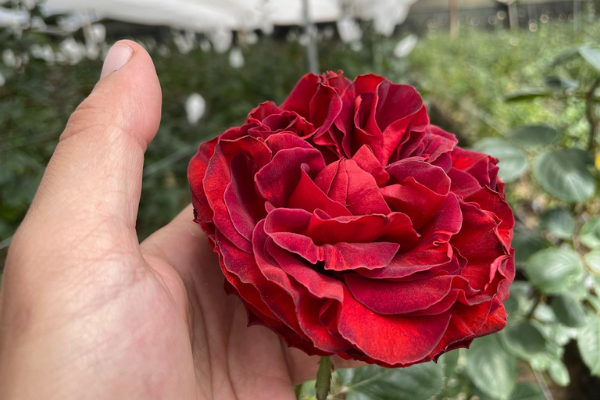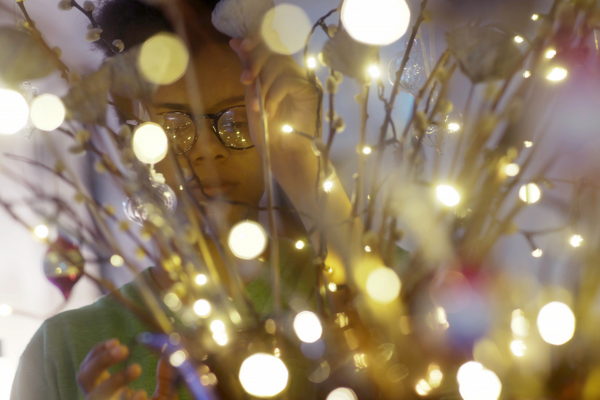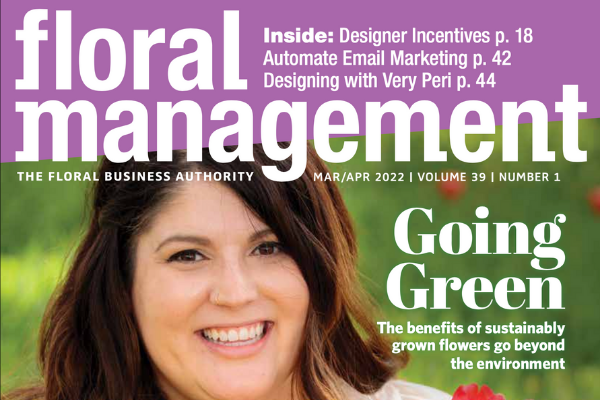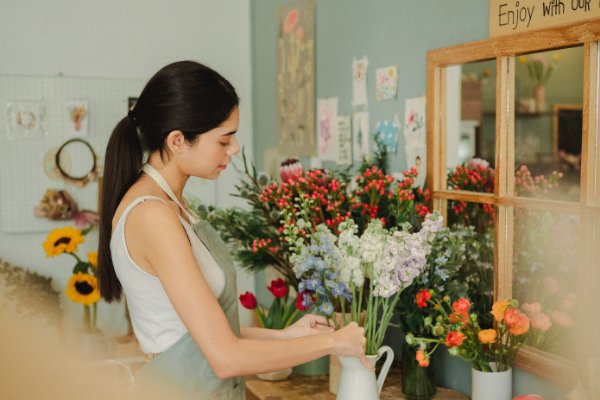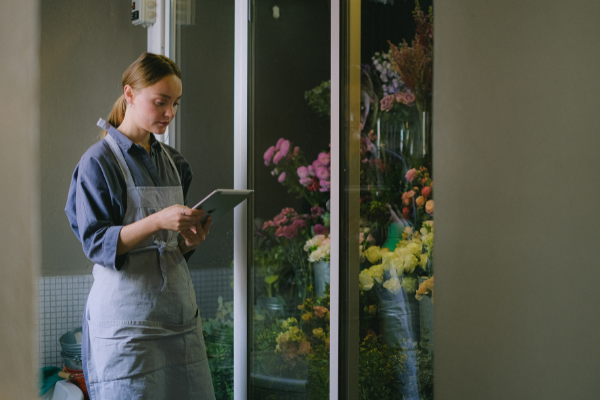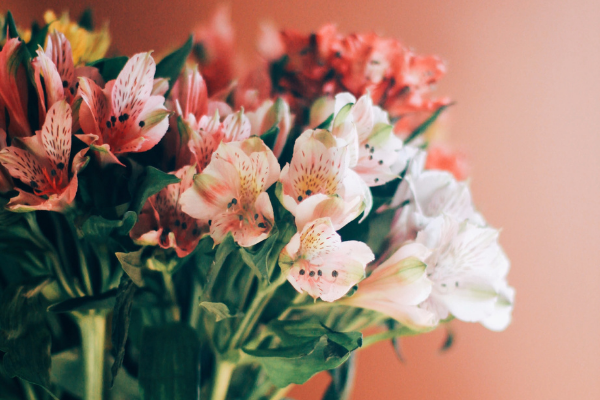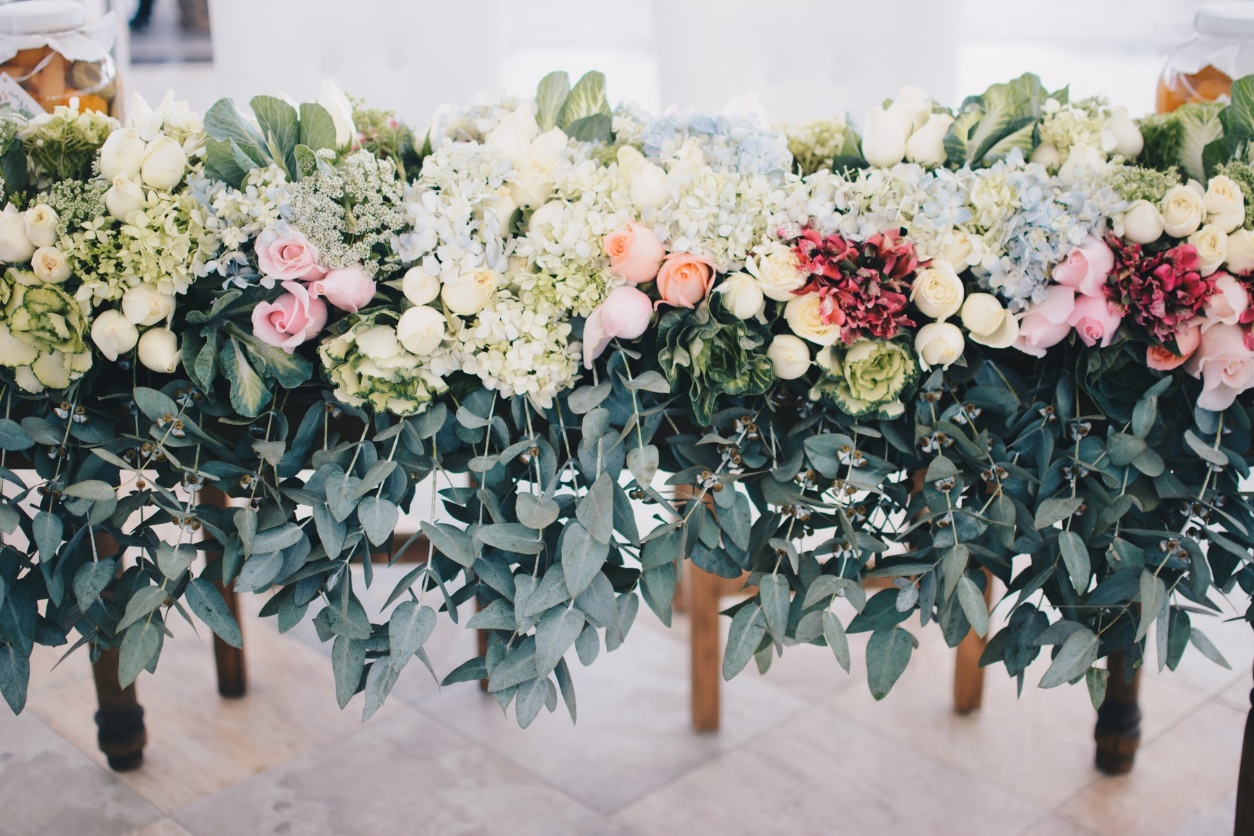3 years, 5 months ago
For the floral industry, Valentine’s Day is one of the most important holidays of the year. In fact, Valentine’s Day makes up 25% of the total holiday market share. Along with Mother’s Day, Valentine’s Day is the single most profitable day of the year for those in floriculture, with preparations beginning months in advance.
This article will explore how this is done, whether these practices are sustainable, and the best way to move forward.
Valentine’s Day Preparation in the Floral Industry
Every segment of the floral industry begins to prepare months in advance to fulfill Valentine’s Day orders. Wholesalers begin taking orders from retailers, while retailers start seasonal preparation by decorating their stores and upgrading their websites. However, farmers and growers have the most intensive preparations.
Those in South American countries like Colombia and Ecuador start preparing their land by disinfecting soil and planning their flowering cycles, while countries such as Holland start preparing greenhouses and planting flower blocks. All this preparation is meticulous to properly time the blooming of the flowers and expedite shipments when Valentine’s Day is approaching.
Sustainability in Floriculture
Everyone in the floral industry knows the intense preparation that goes into preparing for Valentine’s Day. However, there are still many misconceptions about the sustainability of flowers. This is especially true for imported flowers. European countries are notorious for spreading the myth that buying locally helps promote sustainability.
Despite South American flowers being some of the best globally, European wholesalers perpetuate the myth that it’s more eco-friendly to buy from within the European Union. However, this could not be further from the truth.
There are many environmental advantages that come alongside buying flowers from Ecuador instead of Europe. Ecuadorian roses are known as some of the best roses in the world because of how large they are. Ecuadorian rose heads are almost two inches larger than roses from other countries. This is because of the country’s unique environment and ideal flower growing conditions.
Ecuador’s elevation and climate make it perfect for growing flowers and are especially suited to rose cultivation. As a result, they’re not only larger, but also stronger. They also have a longer vase life.
While it’s true that transportation from Ecuador does require resources, it’s an overall greener process than that used in countries like the Netherlands. This is evident by the amount of electricity Dutch greenhouses use for heating. The average Dutch greenhouse consumes 1,600,000 kWh of energy every year. This is as many as 400 households!
When we take fossil fuel consumption and greenhouse gas emissions into account, it’s clear that Latinamerican flowers are a greener choice. Since the climate is consistent throughout the year, no such temperature control is required. In addition to lower greenhouse gas emissions and heating costs, many Latinamerican farms invest in social change and eco-friendly practices.
Get Cut Flowers at the Best Prices From Fresh-o-Fair
With Fresh-o-Fair, you can get high-quality Latinamerican flowers at a fair price. Price transparency is one of our biggest priorities, ensuring that all prices are completely fair. Furthermore, you can use various filters to ensure you’re buying from the farms that suit your values. This includes farms known for eco-friendly practices and social programs.
If you’re concerned about the sustainability within floriculture, you can choose to make a difference. Let Fresh-o-Fair guide you to purchasing your Valentine’s Day flowers from environmentally conscious Ecuadorian farms that are consistently innovating and making changes for the better. With flowers being perishable, buying through Fresh-o-Fair gives you the chance to make a difference. Reach out to us here for more information.
